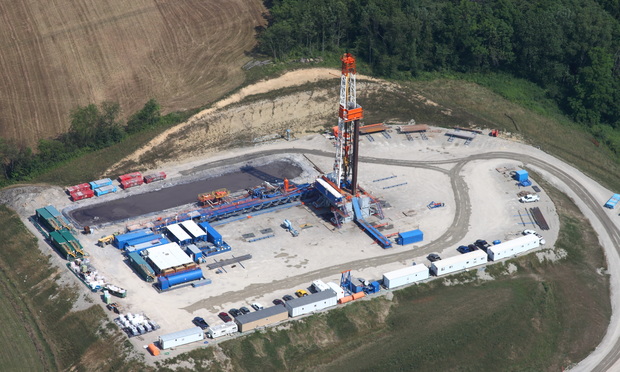In Texas, the surface estate and the mineral estate may be (and often are) severed from each other and owned by different parties. A severance of these two estates may occur in any number of ways, such as when land is sold and the seller reserves all or part of the minerals from what is conveyed to the buyer.
When a severed mineral estate is leased by its owner for drilling and development, disputes may arise as to whether and to what extent the mineral lessee may use the surface. These disputes often are fueled by the common misconception that a lessee is automatically obligated to pay surface damages and/or restore land disturbed by its operations. As a matter of custom and practice, lessees often will offer to pay for and remediate surface damages; however, surface owners are often surprised to learn that such actions are not required under Texas law unless spelled out in the lease or some other agreement.
This content has been archived. It is available through our partners, LexisNexis® and Bloomberg Law.
To view this content, please continue to their sites.
Not a Lexis Subscriber?
Subscribe Now
Not a Bloomberg Law Subscriber?
Subscribe Now
LexisNexis® and Bloomberg Law are third party online distributors of the broad collection of current and archived versions of ALM's legal news publications. LexisNexis® and Bloomberg Law customers are able to access and use ALM's content, including content from the National Law Journal, The American Lawyer, Legaltech News, The New York Law Journal, and Corporate Counsel, as well as other sources of legal information.
For questions call 1-877-256-2472 or contact us at [email protected]



